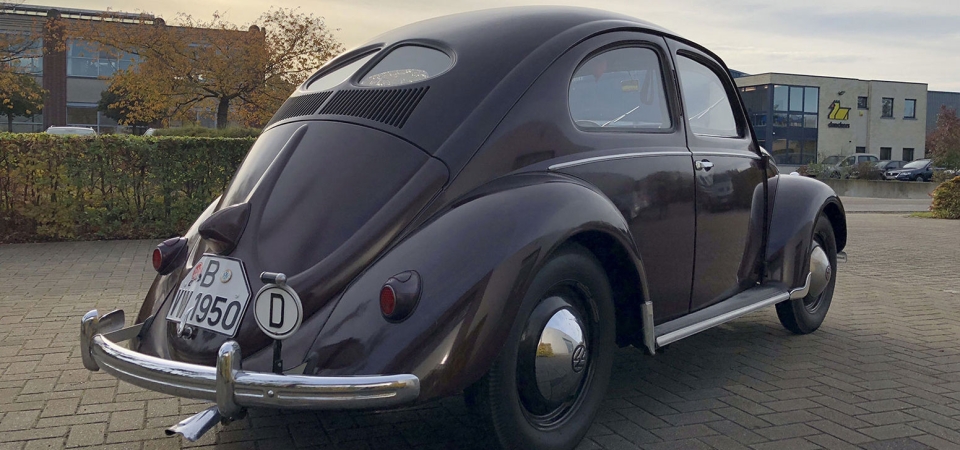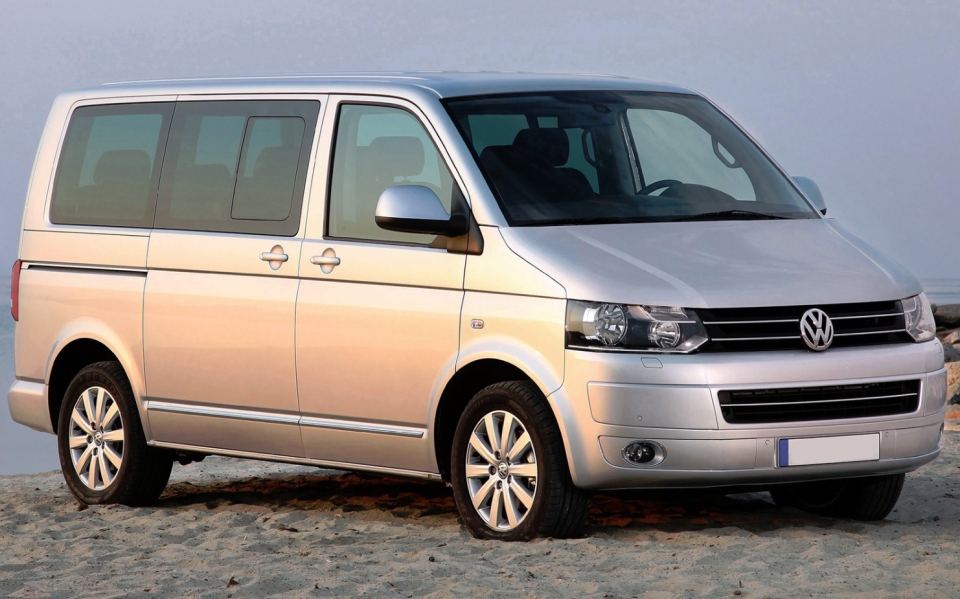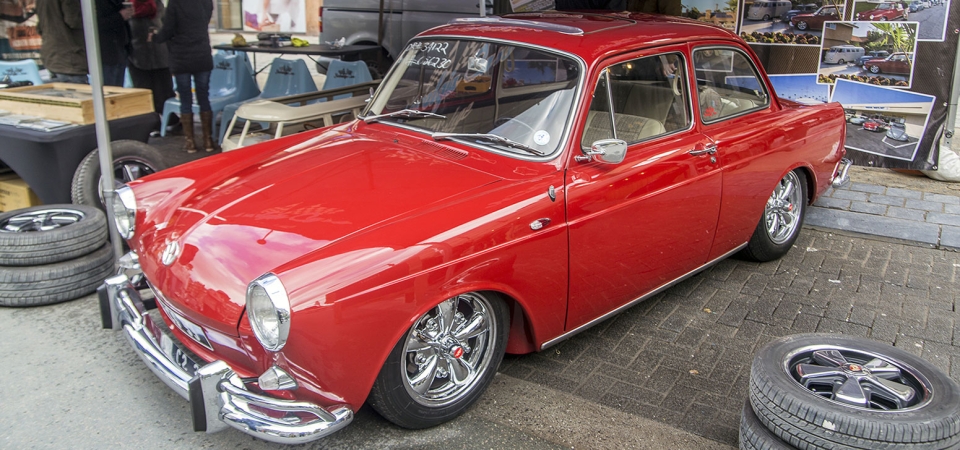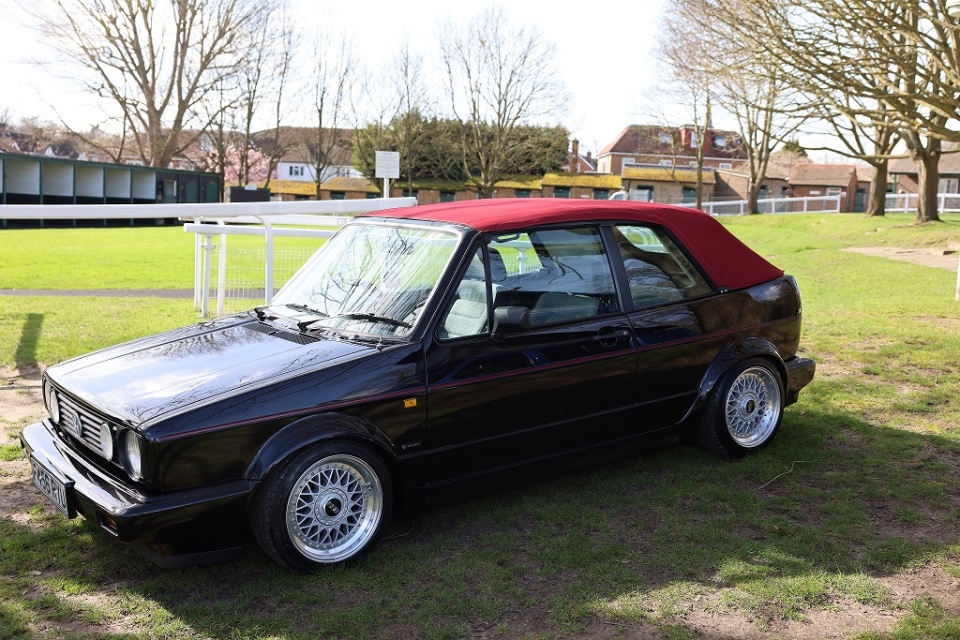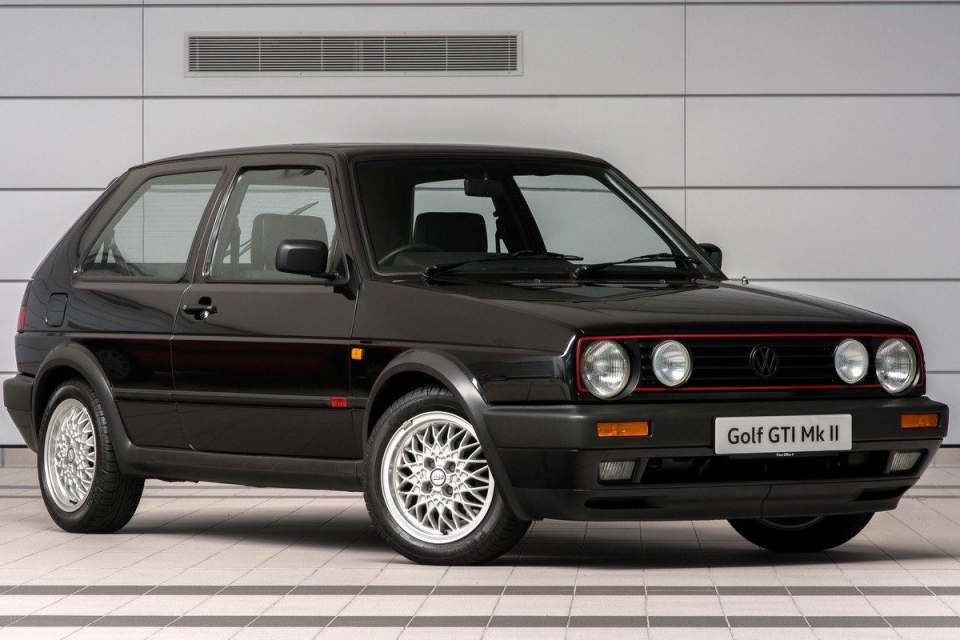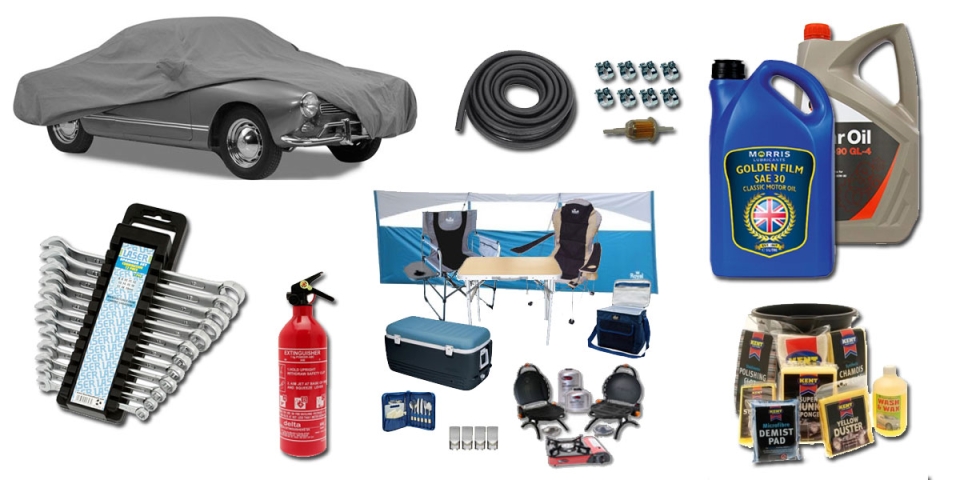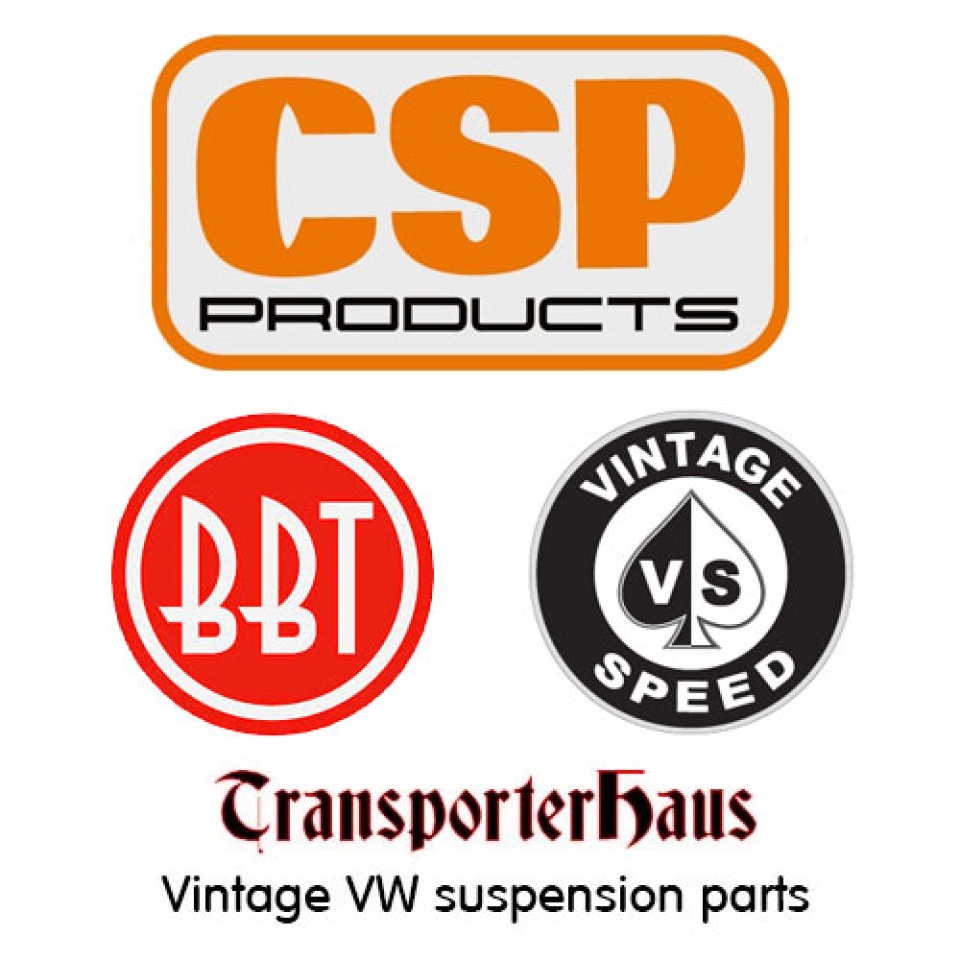T5 Transporter Engines
The 2.0 AXA engine, VR6 Engines, Volkswagen’s TDI engines from 2003 to 2009, and the T5 Transporter Petrol and Diesel engines from 2010 onward, each represent significant milestones in automotive engineering. The 2.0 AXA engine’s versatility in running on pure E100 Ethanol or ROZ 95 Petrol showcased innovative design catering to environmental considerations, while VR6 Engines optimized space and efficiency with their unique layout and precise control systems. Volkswagen’s TDI engines revolutionized diesel performance with Pumpe Düse elements, reducing emissions while delivering impressive torque. The T5 Transporter Petrol engines offered diverse options for drivers, from versatility to exhilarating performance, while the T5 Transporter Diesel engines from 2010 onward combined modern technology with environmental responsibility for exceptional performance. Together, these engines redefine standards for efficiency, reliability, and environmental sustainability in the automotive industry.

